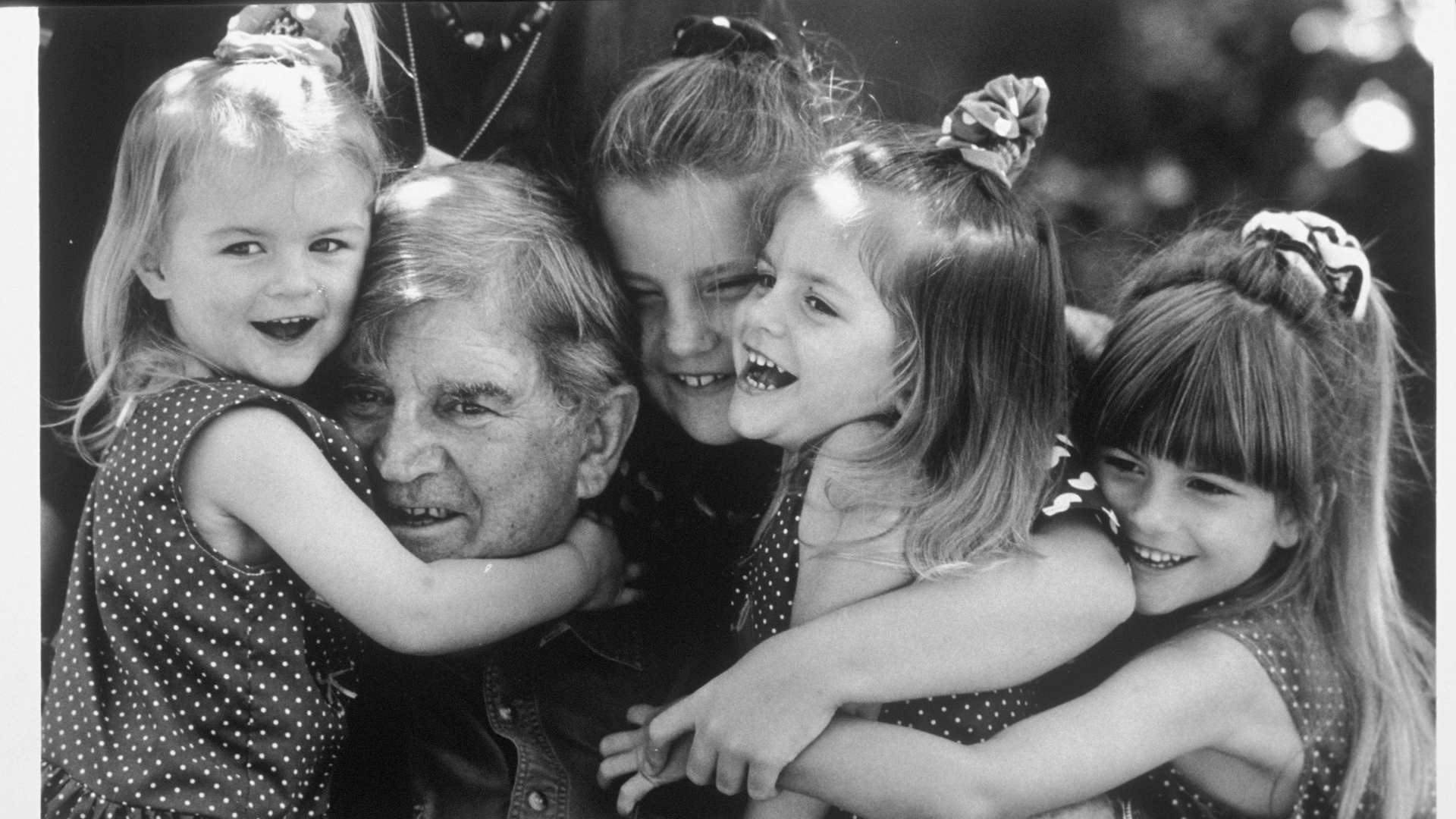Times Fred Hollows stood up against injustice

In a hurry?
Click on the link below to go directly to the section you’re most interested in:
- When Fred visited Wattie Creek
- Aboriginal Medical Service
- National Trachoma and Eye Health Program
- Declining awards
- Fred’s work outside of Australia
When Fred visited Wattie Creek
In the early ‘70s, Fred Hollows was asked to check the eyesight of two senior Aboriginal men from Wattie Creek as patients in his eye clinic at the Prince of Wales Hospital. When checking their eyesight, Fred was shocked to discover that they had eye problems he had never seen before.
They invited Fred to visit their camp in the Northern Territory, where he was appalled by the poor standard of health, particularly eye health. He couldn't believe that people lived in these conditions in a country like Australia.
“It is simply absurd that, in this prosperous State, 100 per cent of the Aboriginal children in some country schools have trachoma. It is scandalous that these nineteenth century diseases of poverty should continue.”
- Fred Hollows
Fred treated large numbers of adults with blinding cataract. He also treated a disease he did not think even existed in Australia - trachoma. Australia is the only developed country in the world where trachoma is still found.
Fred was later asked to visit Bourke, a remote community about 800km from Sydney, where the conditions were no better.
Seeing these conditions made Fred determined to fight for better access to eye health and living conditions for Aboriginal and Torres Strait Islander Peoples.
The Legal Service was struggling to help the Aboriginal and Torres Strait Islander Peoples with medical problems. During this time in Australia, Aboriginal people were not welcome in some doctors’ surgeries and were often pushed to the back of the queue in some public hospital clinics.
People at the meeting reached a consensus: An Aboriginal Medical Centre was needed.
Fred wholeheartedly supported the idea and helped establish the first Aboriginal Medical Service in Redfern, Sydney.
He hired a truck and stocked it with medical supplies from the Prince of Wales Hospital to provide to the Aboriginal Medical Service. Fred supported the Aboriginal people to get the Medical Service off the ground in record speed - a mere 10 days.
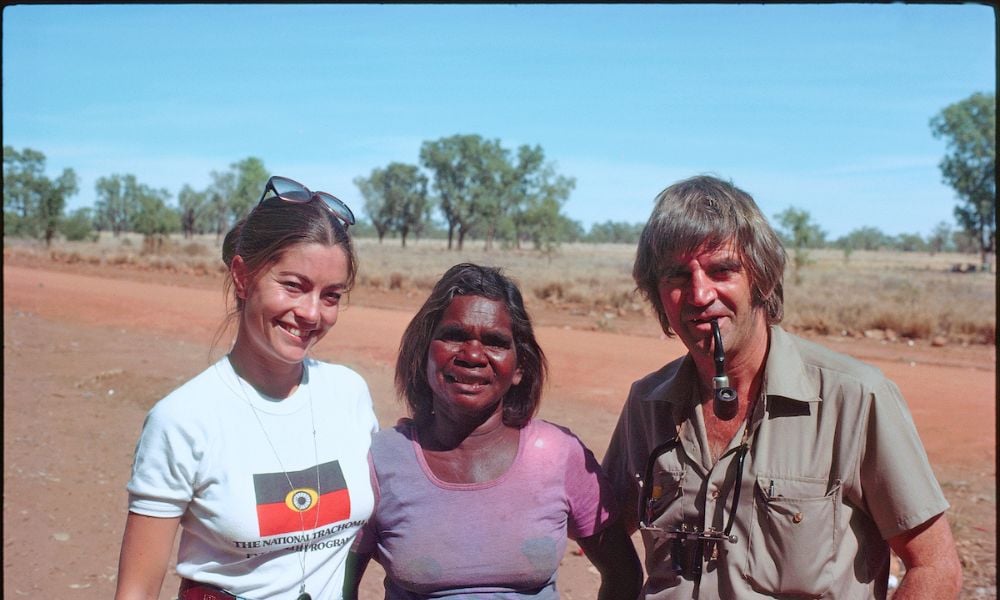
Photo credit: David Broadbent
The aim of the program was to:
- Eliminate Trachoma in Indigenous communities
- Raise eye health awareness in Indigenous communities
- Screen, diagnose and treat eye diseases in remote areas
- Establish ongoing eye care programs and training in rural Australia
Over three years, the NTEHP team - which consisted of Fred, Gabi, Indigenous community leaders including Jilpia Jones, Gordon Briscoe, Trevor Buzzacott, Rose Murray and Reg Murray, and many specialist medical teams - screened 110,000 people and treated 27,000 people for trachoma in over 465 communities. More than 80 ophthalmologists volunteered and the team employed local Indigenous liaison people and other community support roles to keep the program going and growing.
The Program was assisted by many in the media including Jack Waterford and founding chairman Ray Martin. Jack was so moved by the work that he left his journalist role at The Canberra Times and spent two years in Central Australia continuing with the program and helping to set up Aboriginal medical services.
The success of the NTEHP and its catalytic effect on future support for Indigenous eye health was due to the good-hearted people who listened to Fred and told his story in the media, amazing local community advice and support, and the groundswell of interest in the eye health. community that ignited a movement of volunteers.
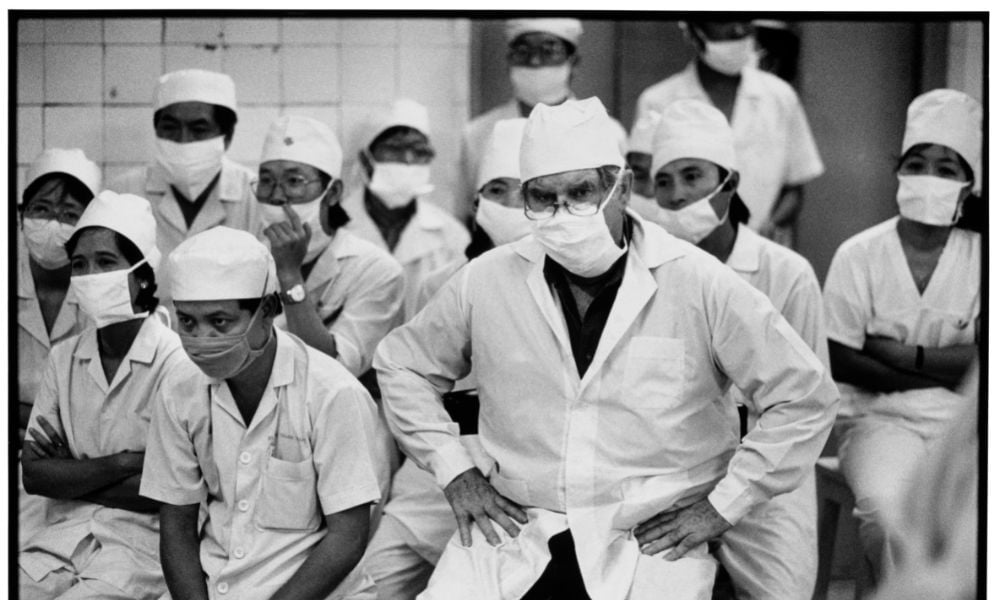
Photo credit: Michael Amendolia
Declining awards
In 1981, Fred was awarded the Advance Australia Award but was unimpressed at what he called ‘blatant government disinterest’ in eye care for Aboriginal people and refused to accept the Order of Australia in 1985.
“My god, this is not the time to be accepting accolades for work in Aboriginal Health”
- Fred Hollows
However, a few years later Fred saw the potential and platform these awards gave him and accepted them, including the Australian of the Year in 1990, in order to speak out on issues surrounding eye health and equality.
Fred saw the need to train and empower local people to deliver eye care services to their own communities. Seven months before he passed away, Fred Hollows went to Vietnam with a team of ophthalmologists to help train and teach a new generation of surgeons.
While the training wasn’t finished when Fred died, Gabi Hollows returned to Vietnam five weeks after Fred’s funeral to assure the trainees and the government that The Foundation would keep Fred’s promise.
Fred was also frustrated by the cost of eye surgery, which made it unaffordable for so many people to access urgent medical care. He came up with a solution to produce affordable intraocular lenses (IOLs) in these countries. IOLs are used to treat cataracts, and for there to be affordable eye care in developing countries, it was necessary to cut the cost of production.
Fred helped establish lens factories in Nepal and Eritrea which made them affordable and accessible to millions of people.
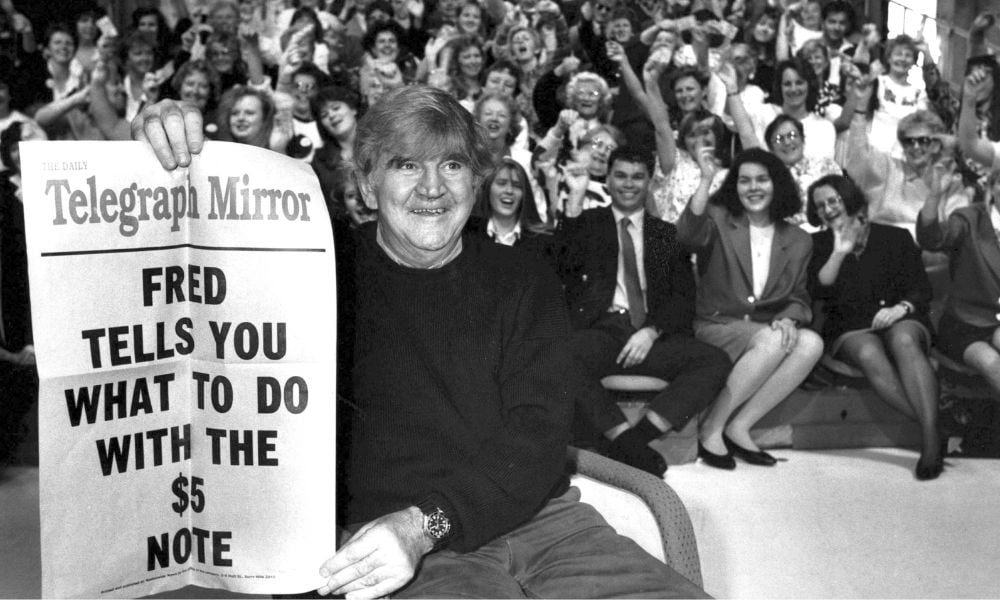
Fred's legacy
“I hope all Aboriginal children will grow up in an equal world”
- Fred Hollows
Fred was committed to working alongside Indigenous community leaders, demanding equal eye health opportunities for Aboriginal and Torres Strait Islander Peoples.
The Fred Hollows Foundation is proud to continue Fred’s work by increasing investment in culturally appropriate eye care services to remote Aboriginal and Torres Strait Islander communities.
The Fred Hollows Foundation works to Close the Gap to ensure that by 2030, every Aboriginal and Torres Strait Islander child should live a long and healthy life like other Australian children. We also support the Uluru Statement from the Heart and the call for a constitutionally enshrined Aboriginal and Torres Strait Islander Voice to Parliament.
PHOTO CREDIT: Stephen Ellison
Related articles
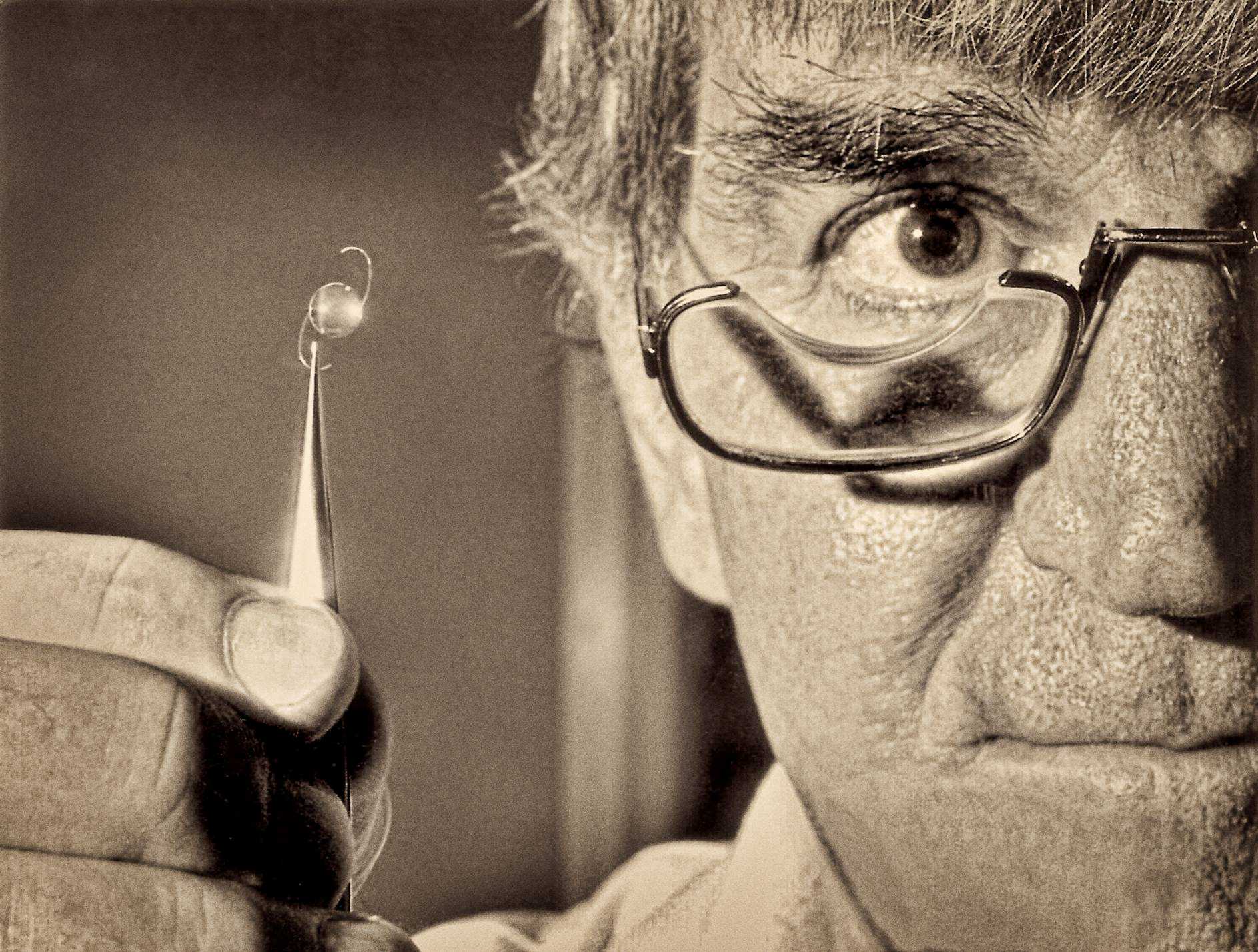
How Fred Hollows made cataract surgery affordable for millions
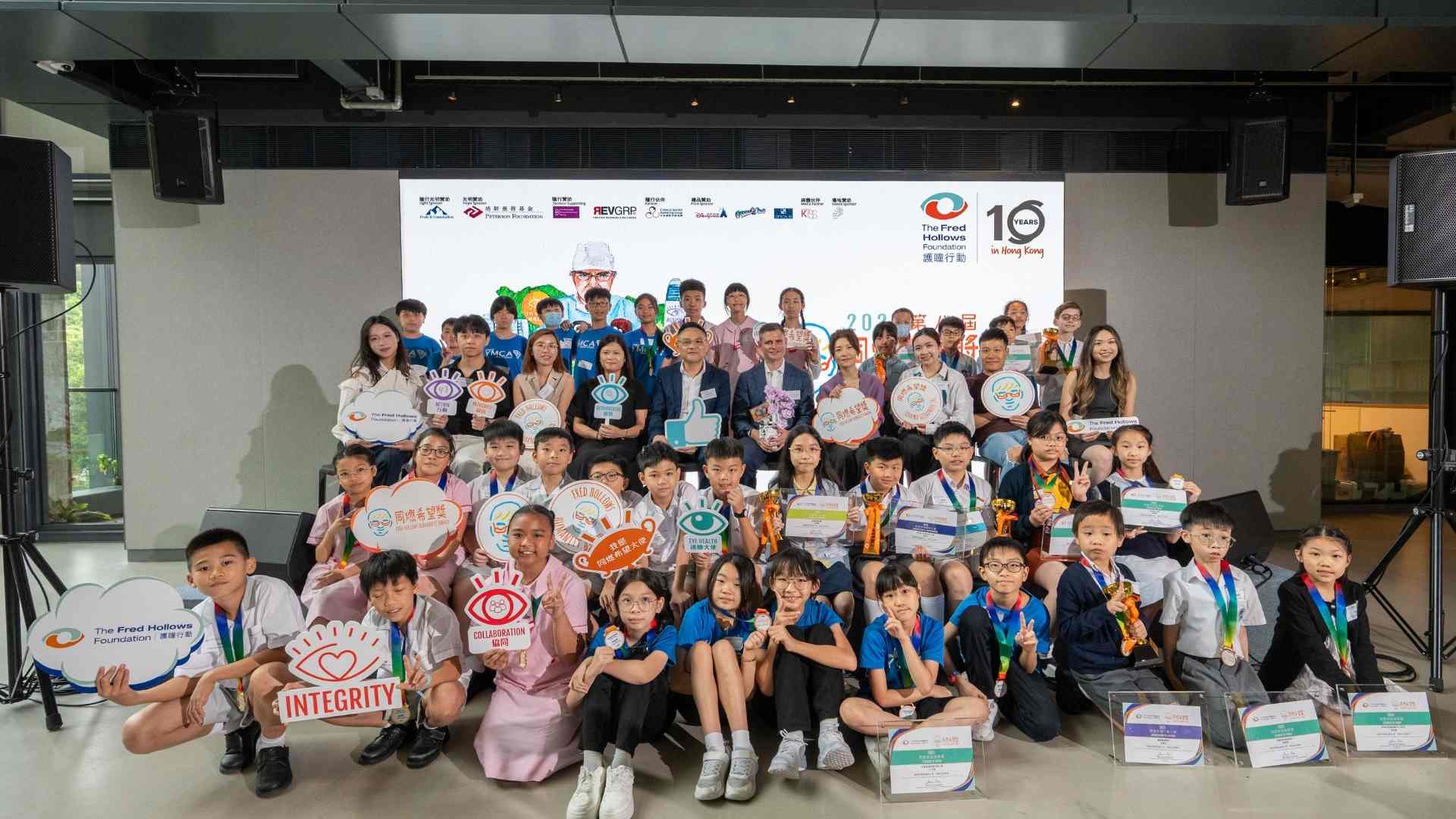
「2025同燃希望獎」圓滿結束!
